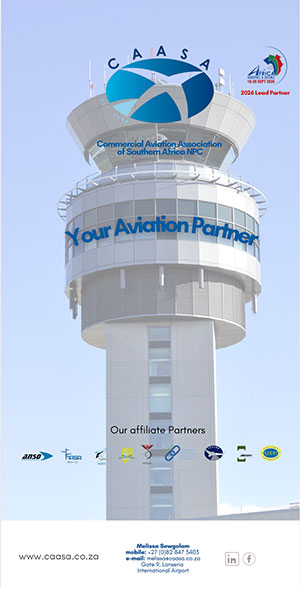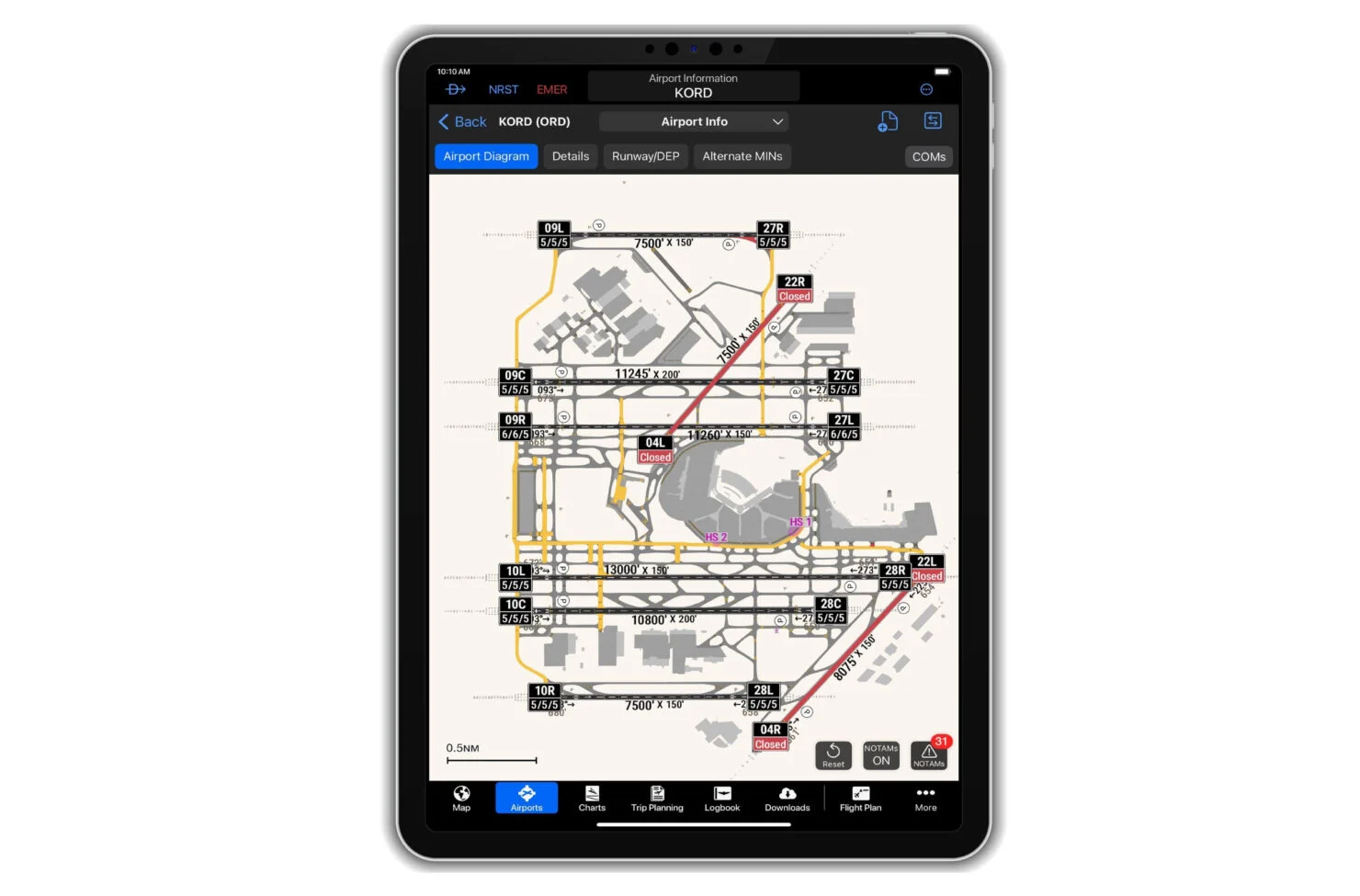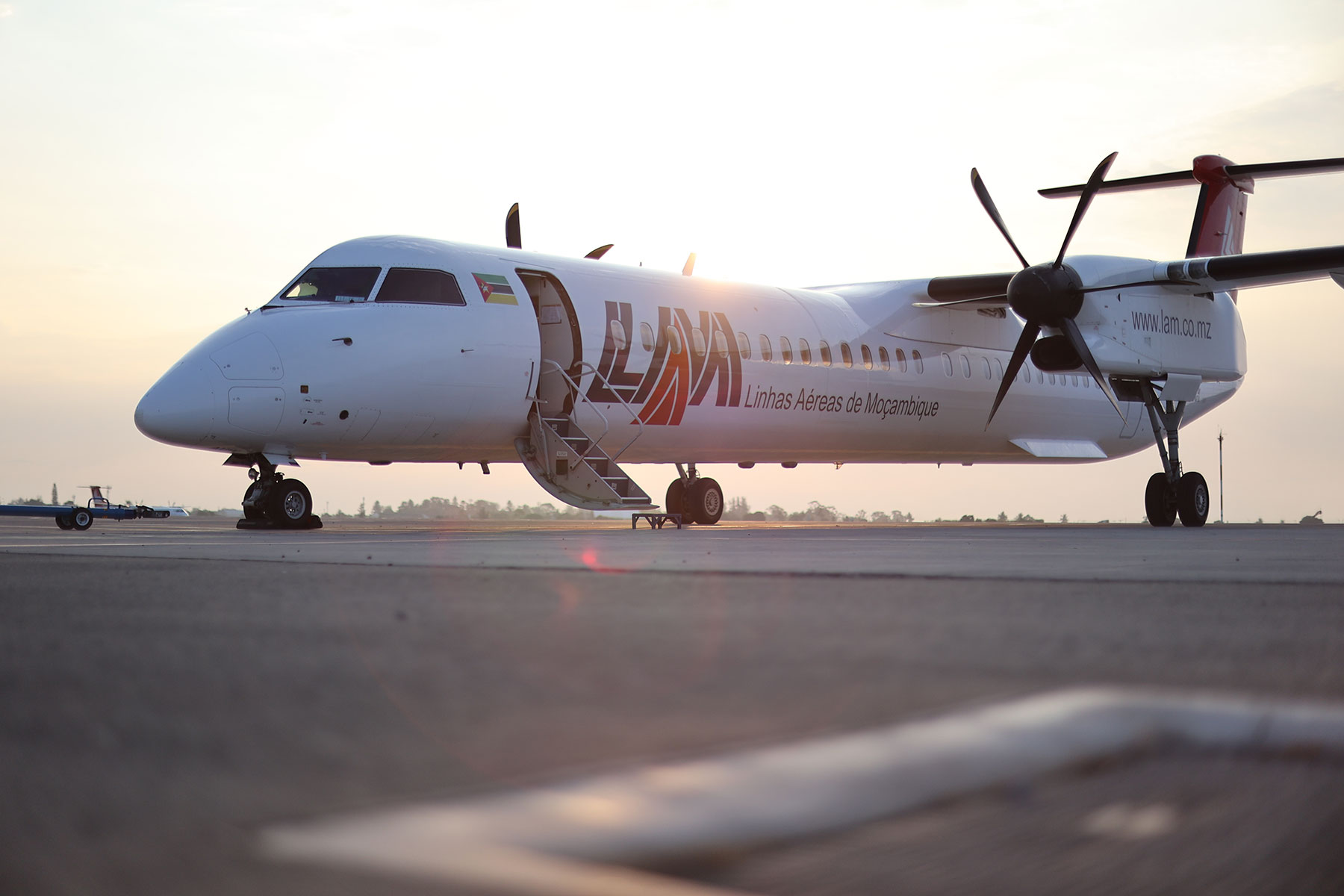The release of Global Jet Capital’s fifth annual New and Pre-Owned Business Jet Transaction Forecast offers a timely barometer of the industry’s health. Despite several years marked by pandemics, geopolitical shocks and supply chain strain, the sector has not merely endured, it has stabilised on what appears to be a new, higher plateau.
While much of the world’s activity remains concentrated in North America, the implications of the report stretch far beyond the United States. For Africa, where business aviation has always served as a vital connector across vast distances, underserved regions and resource-rich industries, the forecast points to both opportunity and challenge in the years ahead.
A Market That Has Proven Remarkably Resilient
Andrew Farrant, in his preface to the report, notes that although the industry has been buffeted by events ranging from COVID-19 to conflicts in Ukraine and Israel, core demand drivers remain largely unchanged: access, security, flexibility and productivity. These fundamentals have proven extraordinarily durable across continents, including in Africa, where commercial connectivity remains limited, and business jets often represent the only viable form of corporate or government mobility.
Key indicators tell a similar story of resilience. Flight activity, after softening in 2023 and the first half of 2024, began rising again late last year and has continued its upward trend through 2025. OEMs, while still wrestling with parts shortages and labour gaps, have improved throughput. Backlogs remain strong. Inventories have normalised. The tariff environment, which dominated early-2025 aviation policy discussions, has had minimal practical impact.
The message is consistent: the market is no longer on a post-pandemic roller coaster. It is maturing.
Steady Growth on the Horizon
The report projects that total business jet transactions, new and pre-owned combined, will continue expanding steadily through 2029. The year 2025 is expected to see firm growth, supported by a gradually improving supply chain, increasing global wealth and renewed flight demand across corporate and private segments.
New deliveries, which rose 3.8% in 2024, are expected to increase by a further 4.4% in 2025. OEM backlogs, 62% higher than in 2019, provide strong multi-year visibility. Manufacturers are taking a measured approach to ramping up production, focusing on operational stability rather than aggressive volume gains.
Meanwhile, the pre-owned sector, historically the backbone of global transactions, is once again accelerating after the buyer-seller standoff that characterised 2022 and 2023. Activity surged again in late 2024, and 2025 is expected to close firmly on an upward trajectory. Pre-owned transactions are forecast to grow faster than new deliveries over the next five years, as cost-sensitive and fleet-driven operators continue to look for value and availability.
One striking trend spans both markets: the rising appeal of heavy jets. Their long range, generous cabins and improved fuel efficiency are attracting both new and experienced operators. Heavy jets are expected to capture increasing market share through 2029, especially as international travel continues to rebound and as new aircraft models enter service.
North America Leads, But African Momentum Is Building
Unsurprisingly, North America remains the world’s dominant business aviation region, accounting for nearly three-quarters of all forecast transactions over the next five years. But beyond this headline figure lie more nuanced regional dynamics.
Latin America, long a champion of pre-owned aircraft, is projected to overtake Europe as the second-largest market. Asia Pacific and the Middle East/Africa remain smaller in absolute terms, but their momentum is unmistakable—driven largely by wealth creation in Southeast Asia and the Gulf states.
For Africa, the picture is more layered.
Although the continent accounts for a modest share of global transactions, its business aviation sector is uniquely shaped by operational realities: vast geography, limited commercial airline connectivity, mining and energy sector mobility demands, and the need for safe transportation for government and multinational operations.
These factors help explain why Africa, like Latin America, leans heavily on the pre-owned market. Operators across South Africa, Nigeria, Kenya, Angola, Egypt and the broader SADC region rely on well-maintained pre-owned aircraft to satisfy mission requirements without the cost burden of factory-new jets. The rising global volume of pre-owned transactions, therefore, has direct positive implications for Africa: broader choice, more favourable pricing, and greater availability.
Heavy jets, too, are increasingly relevant for African operators. Long-range capability is essential for intercontinental missions to Europe, the Middle East and Asia, and for governments and corporates seeking non-stop performance. The fact that heavy jets are among the fastest-growing categories in both new and pre-owned markets aligns well with long-term African demand patterns.
Opportunities and Risks for the African Market
Africa stands to benefit from several emerging trends highlighted in the forecast:
More stable aircraft pricing
Normalising pre-owned values after the volatility of 2021–2023 may make acquisitions more accessible for African operators.
A broader global fleet
As more new aircraft enter service globally, the secondary market is likely to deepen, improving options for African buyers who typically source internationally.
Improving OEM capacity
As production constraints ease, manufacturers may be better able to support new deliveries into Africa, particularly for government and special-mission roles.
However, challenges remain:
- economic headwinds in key African economies
- currency pressures that complicate dollar-denominated aircraft financing
- regulatory variations across the continent
- geopolitical uncertainties in several regions
Yet, even with these risks, Africa’s long-term business aviation fundamentals—particularly in the southern and western regions- remain intact.
A New Phase of Predictable Growth
The overall conclusion of this year’s Global Jet Capital forecast is that business aviation is entering a phase defined less by volatility and more by sustained, predictable growth. Transactions rose modestly in 2024 but surged again in early 2025, and the outlook through 2029 is characterised by steady annual expansion.
For Africa, the message is equally positive. While the continent may not yet rival the sheer volume of North America or Europe, its reliance on aviation as an essential business tool, rather than a luxury, positions it to benefit from the global market’s stability and expansion. The growing availability of pre-owned aircraft, the rising popularity of heavy jets and continued investment in African aviation infrastructure suggest a marketplace that is becoming more mature, more connected and more aligned with global trends.
As African operators, governments and service providers look ahead to the second half of this decade, the forecast offers a reassuring signal: business aviation is not just recovering, it is evolving, strengthening and preparing for a new era of long-term growth.
Download the report here: Global Jet Forecast









